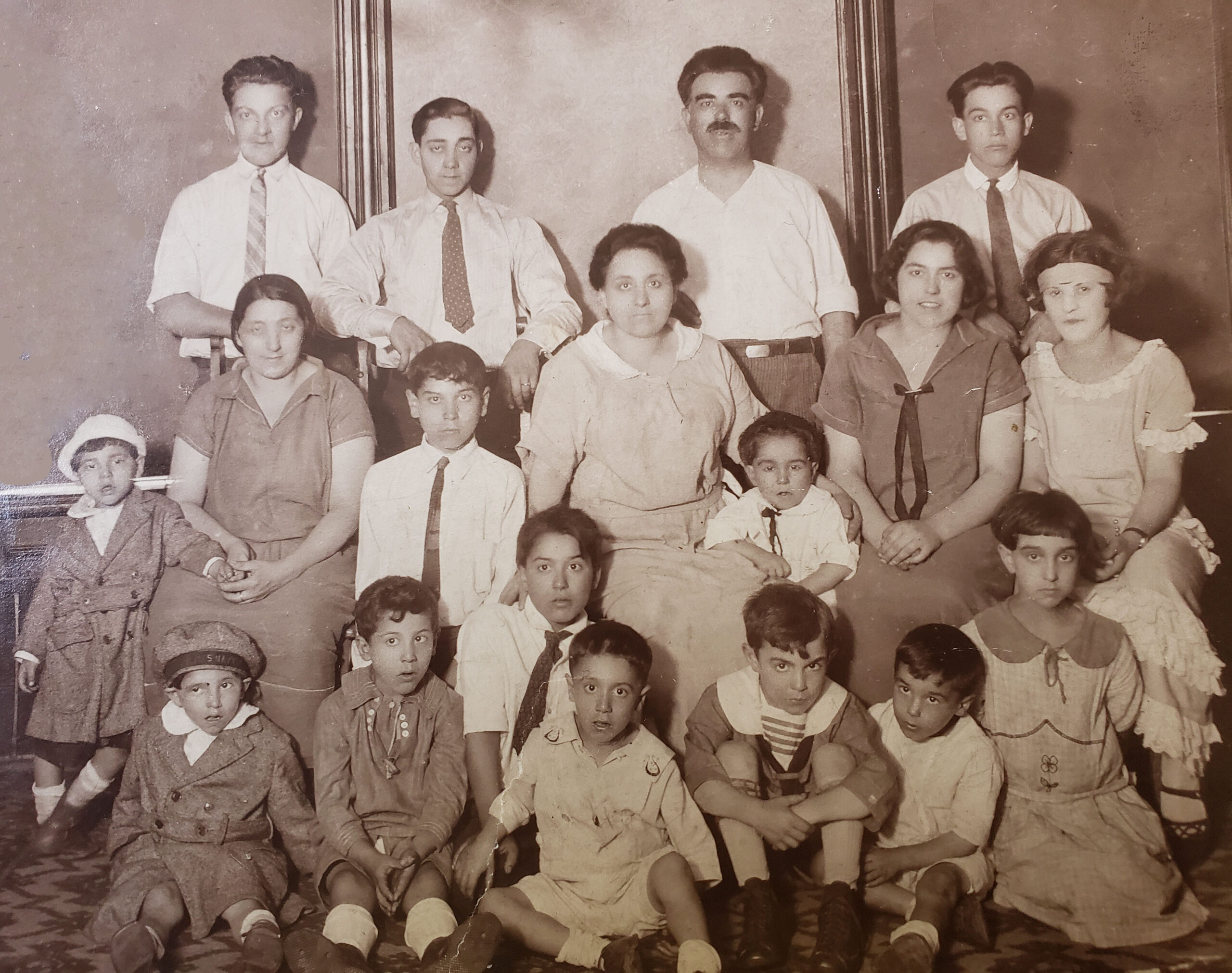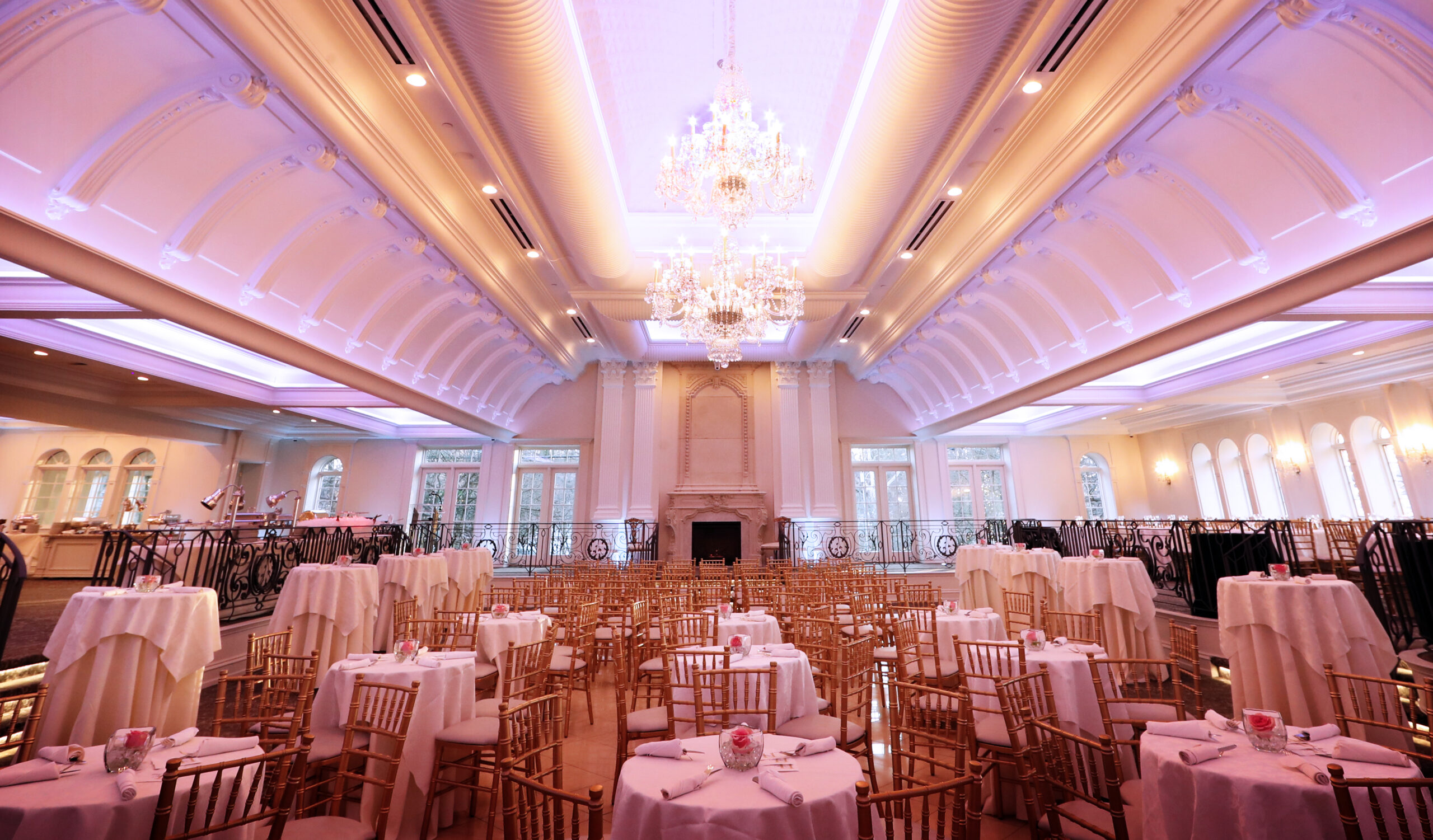For many Italian Americans, researching the family’s roots and visiting the towns where their ancestors lived becomes a passionate search of discovery. While many families immigrated to the United States due to poverty, or lack of opportunities in Italy, the decades that have passed have brought about remarkable changes in the towns where their families once lived. That is not to say that the towns and villages have grown and a suburban culture pervades life. The topography of Italy will always mean that hill towns and small enclaves in the mountains will remain so. What has changed is the economic standing of many of the communities. Long fraught with the need to do without, these towns and villages now thrive by using the resources available and make those who visit regretful that their families ever left. The small village of Biccari in Puglia is one such place.
Jeannette Tumolo De Cuollo traced her family roots to this enchanting Italian village. Her grandparents Giuseppe Tumolo and Lorenza Pellegrini were born in Biccari in the 1880s. Jeannette began by doing research into her family’s history and found that she still had cousins, Antonio Tumolo and his wife Claudia in the village. She was able to contact them through Facebook and over the course of the next year and a half, planned her trip from Readington, New Jersey to Biccari.
In Italy, borghi is the name for small villages. Often with traditions, homes and families that go back hundreds of years, Italy celebrates these communities where the culture is imbedded in the landscape and a sense of wonder envelopes visitors unlike anywhere else.
Biccari is situated in the region of Puglia and about ten miles from the point where the regions of Puglia, Campania and Molise meet. Set near the foot of the Dauni Mountains among rolling hills, it is surrounded by peaceful woods and meadows and Lago Pescara. As the Mayor of Biccari has said, few know how to go slowly anymore, but there is great joy in taking one’s time in Biccari, when you breathe in the air and the sweetness of the mountains.
In the small village of 2,800, it seemed as though everyone knew that Jeannette Tumolo was coming, even before she arrived. They stayed at the Ri.Ga’ hotel, which is owned by the Ioanna family who are cousins of Jeannette’s grandmother, Teresa Ioanna.
On August 12th, Biccari will host its annual festival ‘Borghi Autentici d’Italia’ where the community swells to over 15,000 during a celebration that brings Italians from the northern-most reaches of the country, as well as visitors from as far away as Australia and the U.S.
It is a fantastic opportunity to try cuisine from all over Italy in one remarkable setting. Tuscans brush shoulders with mountain-folk from Piemonte, as dozens of stalls are set up in Piazza Giacomo Matteotti. Every stall represents a different region in an event that is still only a decade old. The first stall to arrive is from the northern region, Friuli-Venezia. They will be stirring enormous pots of polenta to serve with cheeses from their native region. From the Province of Cosenza in Calabria, a group arrives with their delicious and spicy spreadable sausage called ‘Nduja, which is carefully warmed over a candle. Nearby, the contingent from Sardinia prepares fried desserts. The local Biccaresi and the visitors to the village welcome the variety with a sense of anticipation and great appreciation. Front and center are Bicarri’s contribution to the festa – bread, wine, tomatoes and olive oil, serving ‘Nero di Troia’ vino that has been cooled in streams on the hills of Monte Cornacchia, with locally produced caciocavallo cheese and pane e pomodoro. You can be sure that Ioanna family will be there with delectable dishes from Ri.Ga’.
The origin of the village (originally Vicari) dates to the mid-11th century. A testament to this era is a mighty cylindrical tower that formed part of a series of military outposts that defended the Via Traiana, an important road connecting Irpinia in Campania and the Tavoliere plain in Puglia. Known as the Byzantine Tower, it is the oldest structure in Biccari, dating back almost to the time of its origin. Together with others in the area, the towers provided a mighty line of fortresses stretching all the way to the Adriatic Sea, making certain the protection of the dominion of Daunia. Now amid its charming streets and narrow alleys, fascinating places and historic palaces appear. Palazzo Caracciolo was built during the High Renaissance for the 16th century Count of Biccari and now it serves as the Town Hall.
Jeannette recalled from her nostalgic trip to Biccari that when dusk falls on the beautiful square, dominated by a monumental fountain that dates to the era of Bourbon rule. “My eyes filled with tears at the beauty of my family roots.” Surrounded by buildings both preserved and restored, it is medieval in appearance, with stone houses guarded by ancient iron gates, while above children sing on the balconies. Now that night has come, the narrow alleys are like a gateway into the unknown and the staircases seem to rise to the stars. Performers take to the stage in the piazza and the square fills with people dancing la pizzica and la tarantella. Children thump Puglian drums with impressive skill and a bond is formed among all in attendance.
Although the Borghi Autentici d’Italia’ is the most well-known of its summer events, on any weekend in the spring, summer and fall, there are events in Biccari, ranging from food and wine to bicycle racing, sport fishing competitions at nearby Lago Pescara, plus musical performances and shows. From folk dancing to a village-wide open air pizza fest in Biccari’s main piazza, the village brings a delightful sense of community to every undertaking, creating memorable events for the young and old alike.
It is ironic that the most famous person from a village so at ease with its slow pace made his mark on the world by moving rapidly. He is Raffaele “Ralph” De Palma. Born in the village on December 19, 1882, De Palma came to the U.S. with his family at the age of 11. He began driving racing cars in 1908 and competed in 2,889 races in America and Europe winning an astounding 2,557 times, including the 1915 Indianapolis 500.
As Jeannette Tumolo De Cuollo can attest, the people of Biccari have a genuine gift for making visitors feel welcome. The festa leaves its mark on all that attend, but in reality, it is part of a larger vision. It is a vision where the appreciation of life is not bound by social media and technology, although it certainly makes connections with distant relatives easier. The true nature of the village revolves around people, around conversation over good food. It is about learning to breathe in the sweet air of Biccari and to enjoy the moment. It is about learning to go slowly and that makes all of the difference.





